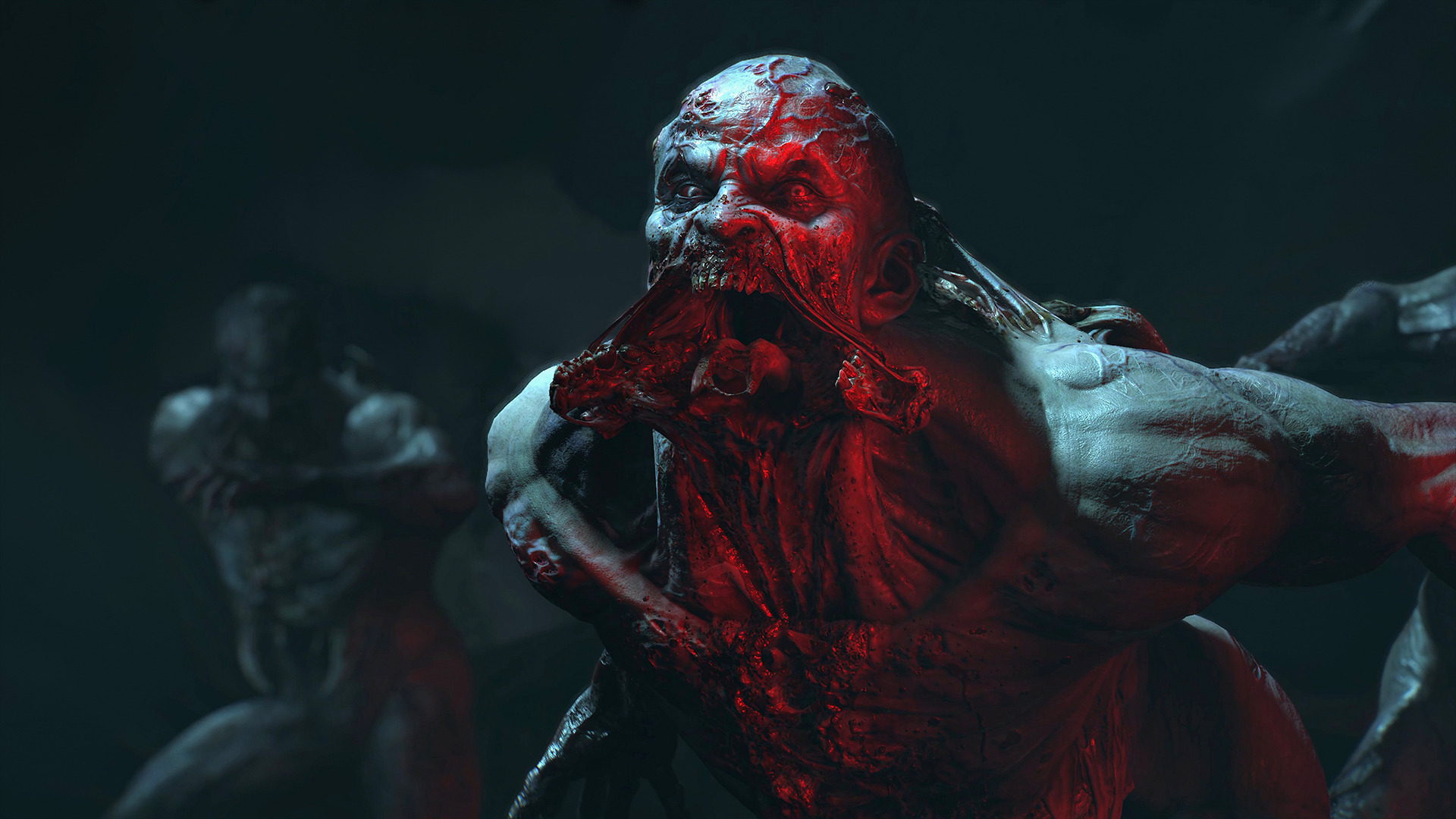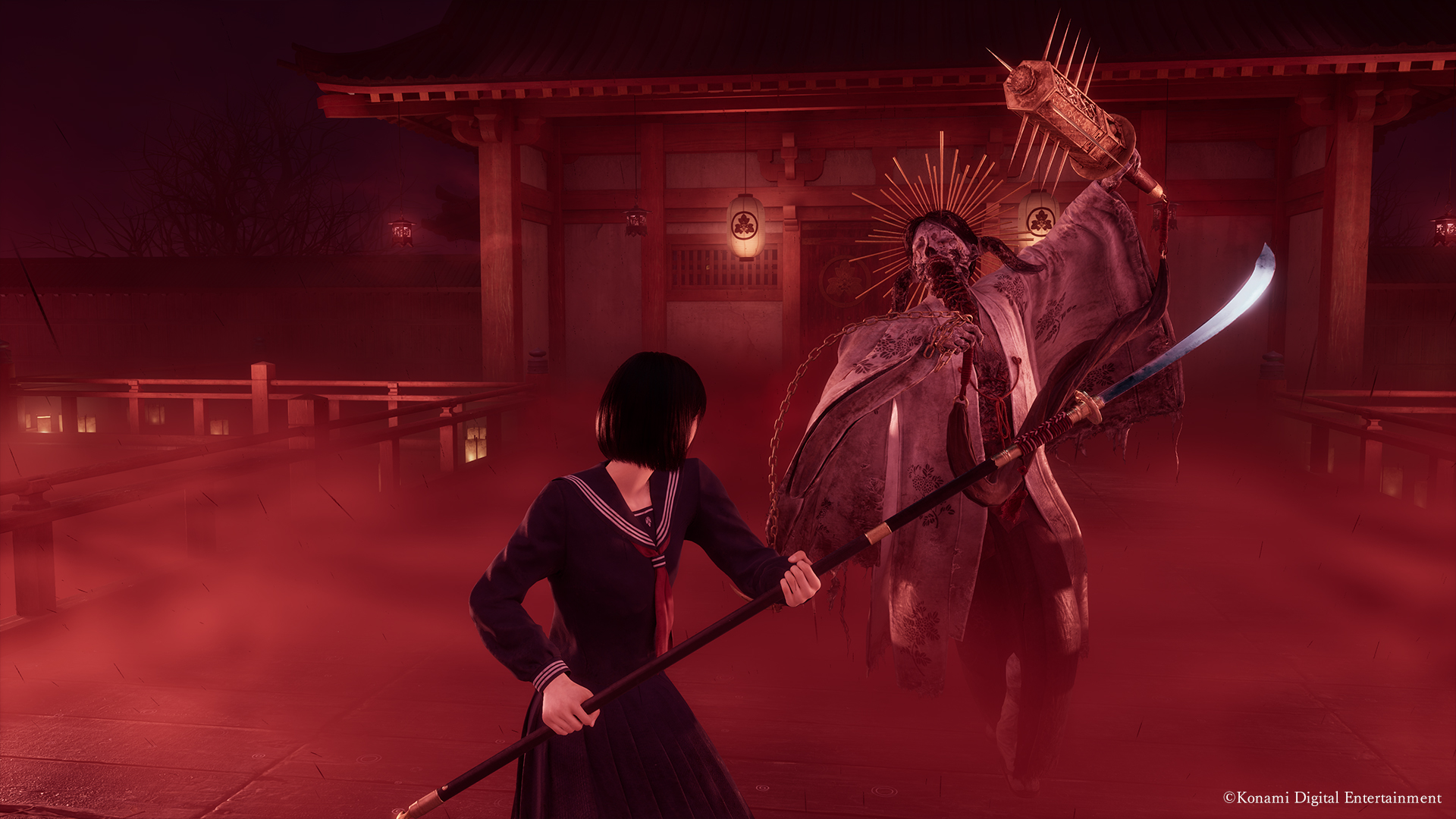Silent Hill f and Dying Light: The Beast – Two Games, Two Horrifying Journeys
The sheer flexibility of stories is but one of many reasons why I enjoy the horror genre. Being frightened isn’t exclusive to titles within the genre itself. Anything, anywhere, could elicit a fright, the scale of which often varies depending on the person. Some prefer nonstop tension, perhaps a consistently paced stream of scares assaulting their senses. Others may prefer a palpable atmosphere of dread – nothing is going to jump out and scream at them, but it continuously escalates, messing with your mind until the anticipation drives you nearly insane. And there’s no end to the list of things that can make someone afraid.
Throughout the decades of horror games, films, comic books and novels, it’s interesting how some of the best horror stories can be so different from each other, yet often find the same destination. Halloween is nowhere near, but two of the best horror games released this year – Dying Light: The Beast and Silent Hill f – found their way to audiences within the same week.
And aside from their genre, they couldn’t be more different. Techland’s “totally not Dying Light 3 but considered as Dying Light 3” sequel is a first-person survival horror with parkour mechanics, guns (albeit with limited bullets), and the new Beast mode, where the returning Kyle Crane can rip enemies apart. It’s also an open-world title with various secrets, collectables, and side quests with a unique night component where the hunter becomes the hunted as Volatiles overrun Castor Woods, and it’s all you can do to run and survive.
[embedded content]
On the other hand, NeoBards Entertainment and Konami have crafted a survival horror that relies more on psychological and visual torment. Character artist kera was roped in to create all kinds of disturbing monstrosities while Ryukishi07 penned the ever-winding, emotionally exhausting narrative. Then you have the gameplay, which is about exploration and puzzle-solving as much as close-quarters combat (and even then, running away can sometimes prove the better option). Despite all this, the journey is fairly linear.
Even when united under the same banner of horror, the sheer difference between these protagonists is so stark. Kyle Crane, a former mercenary turned lab experiment, escapes and seeks revenge against the Baron. Shimizu Hinako, a schoolgirl in 1960s Ebisugaoka that ends up trapped in a nightmarish fog, unraveling her inner demons in the Otherworld for some unknown purpose. But even with how different both experiences can be, they share a common horror theme: Powerlessness.
No, it’s not just because both characters tend to run away from overwhelming circumstances, or that both games encourage doing so in different ways. Rather, it’s how they treat that emotion to induce various frights.
Think about it. As powerful as Kyle Crane can be, scaling buildings, leaping from one rooftop to another, turning into a venerable beast that can dismantle Chimeras with enough effort, it’s the result of complete and utter powerlessness for years, a feeling that haunts him as he hunts the Baron. Heck, it’s a feeling that’s affected him since the first Dying Light’s events – look no further than the beads near his watch, a constant reminder of those he failed to save.
And while the world could be treated as one big sandbox to parkour through, dispatching threats with medieval swords and flamethrowers, or just hopping in a car and playing undead Carmageddon, it’s also one that’s effectively finished. The low number of survivors, the complete and utter collapse of civilization as we know it, the rise and reign of criminal elements who treat others as little more than zombie chow – for all his overwhelming strength, Kyle’s best tool is running. To essentially delay fighting and prioritize his own survival, which is most obvious when avoiding Volatiles at night.
Hinako’s situation is oppressive in a different way, but her worldview is still one that’s devoid of hope. Despite showing signs of artistic talent, she’s grown into a quiet, reserved student whose only saving grace is her height and joining the track team (which is a good way to explain her stamina). Without delving into spoilers, her home situation isn’t very good, and there’s a deep aspect of self-loathing and hatred for the world around her. In many ways, Ebisugaoka is a prison, and the only person she could really rely on, her sister Junko, got married and left town. The fact that everyone views the latter in such a positive light only contributes to Hinako’s low self-esteem.
Nevertheless, Hinako still emotionally rebels against it all. Even in the Otherworld, she doesn’t simply lie down and die. When confronted by horrors beyond explanation (and make no mistake – everything you’ve seen thus far is just a teaser for what’s to come), she picks up pipes, axes, bats and more…unconventional weaponry to fight back. Despite all this, Hinako won’t stand around and try to fight everything in her path, running away when the situation makes sense.
Ironically, some aspect of a beast begins to emerge within her as well, one that serves as a source of power while also resulting from her overall powerlessness. Both titles rely on weapon durability to force players to weigh their fight or flight options, with Silent Hill f imposing stricter conditions due to the lack of weapon replacements and repair kits.
The result is the same, but it begs the question: Why? Well, powerlessness is a highly resonant theme for almost anyone. Video games are all the more equipped to leverage this because they offer direct ways to try and control the situation, gamifying and streamlining elements of character growth, even if the overall world’s scenario can appear immutable. Like any good story, however, powerlessness isn’t just there to induce fright, stressing us out over the things we can’t change. Instead, both titles remind us that it isn’t something to be afraid of (even if the world itself is on the brink of collapse).
Both Kyle and Hinako are trying to control and effect change on things within their grasp. Maybe in the end, it doesn’t even matter, and their impact will be negligible, but it’s not something that players can simply say “screw it” and ignore. Is it because of progression, where upgrades give that greater sense of power and overcoming the obstacles in our path? Or the gameplay, where one is addicted to the resulting horror from these scenarios (and the intentionally lackluster resources)?
Personally, I think it boils down to wanting to see the character’s story out. We don’t know if Kyle will end up alive at the end of Dying Light: The Beast – his luck in that department has held up over the years, but it’s frayed. We don’t know if Hinako will survive the ordeals of the Otherworld and Ebisugaoka, emerging as the person she wants to be. Silent Hill isn’t exactly known for letting its victims escape in one piece, either physically or mentally.
Yet, as powerless as we, the players, can feel in their stories, we’re still along for the ride, either out of empathy, morbid curiosity or, perhaps, the craziest possibility of all, in the sheer hope that things will turn out alright. If pure terror is a dark tunnel that stretches on and on, seemingly without end, hope is the light at the end, that maybe the nightmare will cease, if only temporarily.
Note: The views expressed in this article are those of the author and do not necessarily represent the views of, and should not be attributed to, GamingBolt as an organization.




Comments are closed.